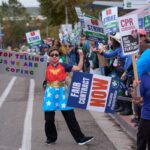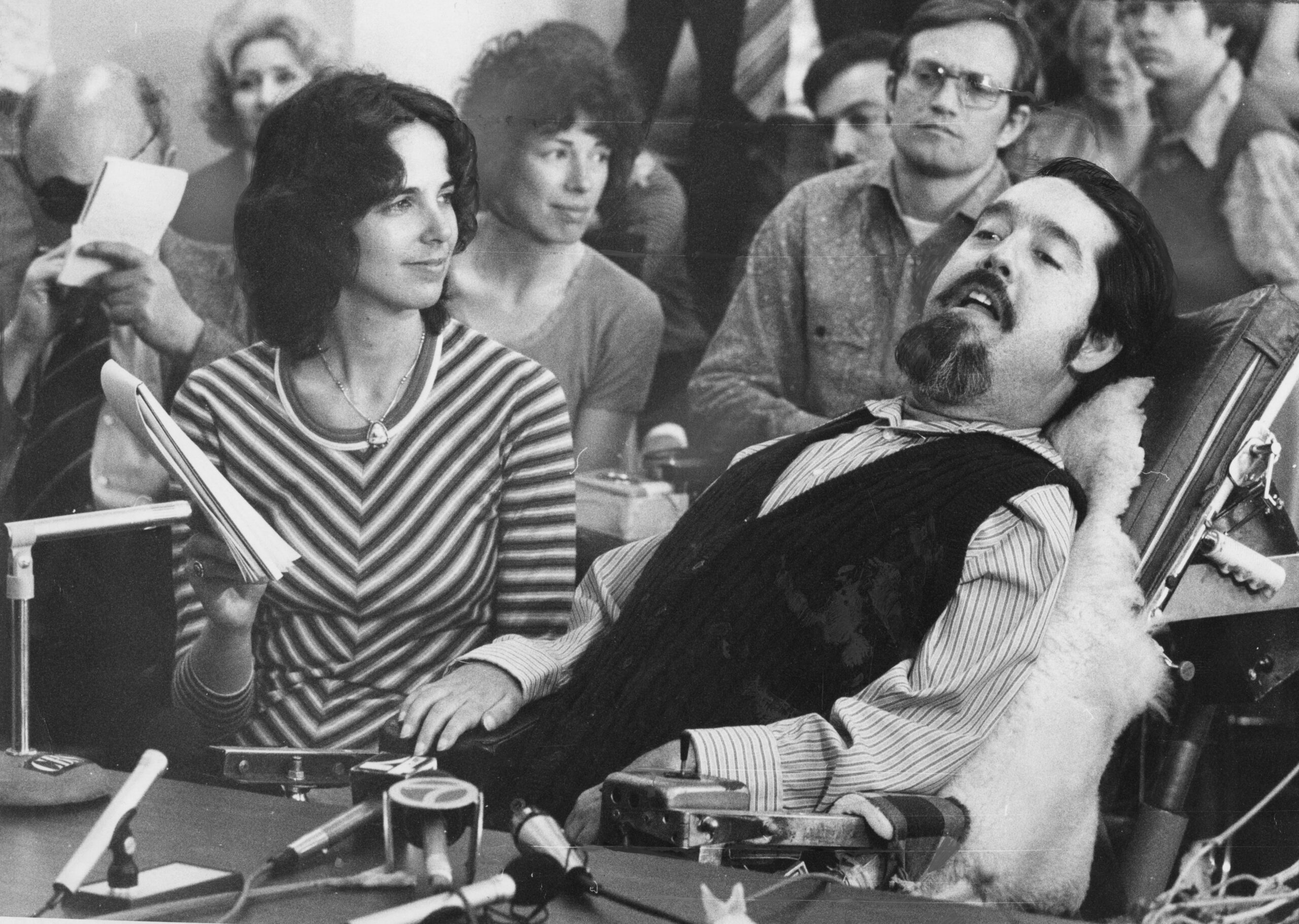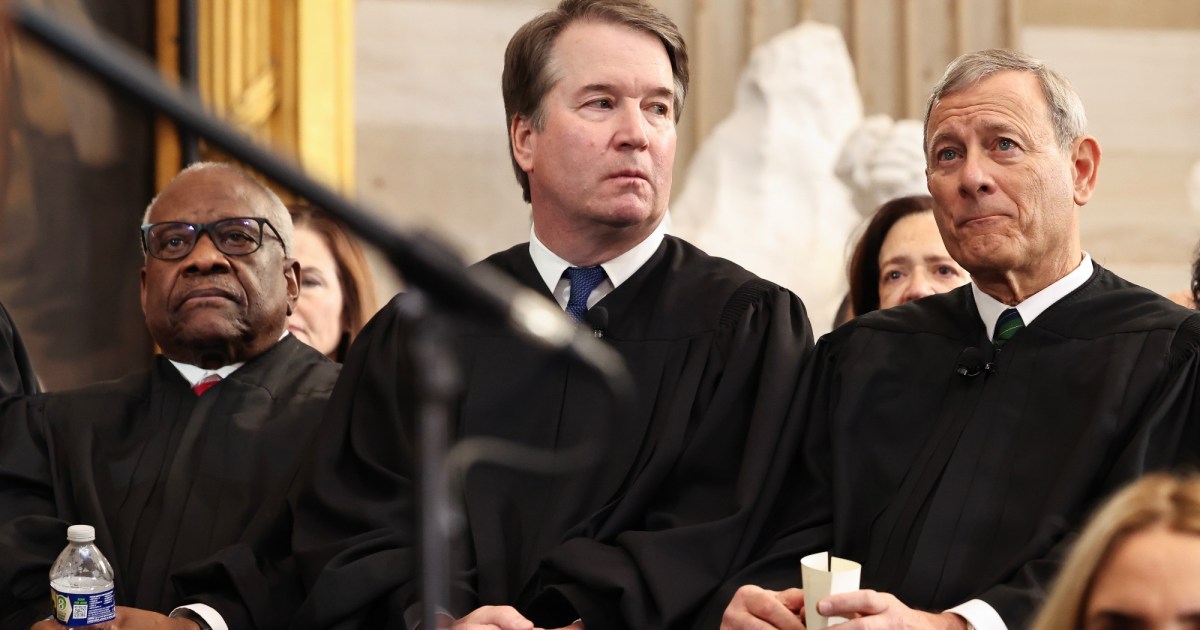Even attending university in the 1960s was a revolutionary and complicated process for Ed Roberts, who was paralyzed by polio in his early teens. Now known as the father of the independent living movement, Roberts—faced with many structural hurdles to moving through society—began pushing as a young man to win disabled people the resources to live in their communities, rather than in restrictive and often brutal institutions.
His activism led to the development of independent living centers, which assist with everything from helping people find personal aides to helping to sign them up for affordable, accessible housing in to guarantee as much personal freedom and agency as possible to people who would once have been forced into dehumanizing circumstances.
As a disabled person who went to graduate school at the University of California, Berkeley, also Roberts’ undergraduate and graduate school, I knew of Roberts’ accomplishments—but not so much the details of his struggles, both around adjusting to becoming disabled and in the fight to launch his centers across California and eventually the country.
“It’s a beautiful American story, and what I mean by American is the story…is about the marginalized coming together.”
Chapman University disability scholar Scot Danforth’s new book, An Independent Man: Ed Roberts and the Fight for Disability Rights, covers just that.
Danforth delves into other shortcomings, like limitations in the diversity of the independent living movement along race and gender lines. With mostly white figures leading the independent movement, he writes, “it was undeniable that disability rights was a predominantly white project,” notwithstanding the contributions of others like Black disability activist Brad Lomax.
I spoke to Danforth about Roberts’ life, the importance of his work, the origins of his activism, and the expansion of the independent living movement.
With disability rights under attack, why is it crucial to study Roberts’ life?
I think it’s important for people to not only understand what the disability rights movement achieved: the average everyday folks out in public, they see curb cuts, they see accessibility, they see parking spots. They’re aware of a certain amount of accessibility in society and most of that relies on a series of laws, Section 504, ADA and other laws.
But what people tend not to know is the stories of how all of that was achieved, and the laws themselves, frankly, unless you’re a lawyer, are probably pretty boring. The stories are fascinating. The people and, you know, for me to get to write about Ed Roberts, Judy Heumann, Justin Dart, and on and on and on. It’s a beautiful American story, and what I mean by American is the story—which we’ve seen over and over in different kinds of civil rights movements—is about the marginalized coming together and unifying and saying, “We’re going to fight back, and we’re going to fight to be valued. We’re going to fight to have our place.”

People say, “Oh, I know we have a Martin Luther King [Jr.] Day.” They probably don’t know much more that, but almost no one knows stories of the disability rights movement, and people like Ed Roberts doing incredible things to build the very things that are being attacked right now.
“We’re up against people who think people with disabilities don’t belong in society at all. It’s a complete regression to early eugenics.”
The obstacles that stood in Ed Roberts’ way were mostly ignorance and incompetence. People didn’t wake up in the morning and say, “I’m out to fight those disabled people because they’re bad guys.” That wasn’t what they’re up against. They’re up against people getting disability wrong, thinking that it meant sickness and weakness, thinking people couldn’t live full lives. But now, we’re up against people who think people with disabilities don’t belong in society at all. It’s a complete regression to early eugenics, from the early 1900s.
What role did Roberts’ mother, Zona, play in helping Ed Roberts get on the path to cause change?
Zona taught Ed how to fight. She was not comfortable with fighting and was not comfortable with conflict and anger. When I interviewed her, she told me that she was not comfortable being angry. But there was that first time Ed was about to graduate from high school, and the school officials told him and told Zona that Ed could not graduate because he still needed to meet requirements for physical education and driver’s education.
And at first, Zona thought they were joking—but then she realized they really meant it. She took it to a number of different administrators in the district, and at one point, the district sent the assistant superintendent to her house—and she thought this was ideal, because Ed’s iron lung, big, massive steel lung that did the breathing for him sat right in the middle of of the living room.
Although he typically wouldn’t be there in the afternoon, they put him there in the afternoons for this visit, because she wanted to make it obvious that this was ridiculous, and the man didn’t pick up on the cues at all. He looked down in Ed’s eyes, and he said, “You wouldn’t want a cheap diploma, would you?” And Zona, a small woman, she just leaned against that guy and bum-rushed him out the front door. And that was just the start.
Later on, when they got to Berkeley, there were lots of meetings because the Department of Rehabilitation said that Ed was “infeasible,” meaning that he wasn’t worth their money. And so, although he was admitted, there was no way he was going to go.
They had to appeal that decision through multiple levels of bureaucracy to get support from the California Department of Rehabilitation—ironically, the organization that Ed later was the leader of—but at every step, she was fighting for him, and he was learning from her how to fight. So really, throughout his entire life, she, more than anyone, was his mentor and supporter.
It’s hard to overstate the importance of the founding of the Center for Independent Living in Berkeley. What made the CIL a radical idea?
“[Roberts] really became the troubadour who ran out and told everyone, ‘Look what we can do for ourselves.’”
This was the early 1970s; there already was a concept called independent living that was circulating through the vocational rehabilitation field, but what they meant was intensive skill training to try to teach people with various kinds of disabilities how to do more for themselves without assistance. Essentially raising their skill level so they could, you know, take care of making their own food, bathing and dressing and everyday tasks. That was not really a useful idea to many of the early disability rights leaders in Berkeley, because they had different levels of paralysis, and succeeded because they had a personal assistant. This idea of independent living is about getting the right kinds of assistance under the direction of the disabled person: put that person in charge.
The center was radical, because it was completely self-help. The idea was disabled people helping disabled people. And that was crazy to the medical people and the [Department of Rehabilitation] folks. That was like saying the patients are going to cure themselves.
[But] they weren’t curing themselves. They knew how to help one another. They understood and not only knew how to help one another, but they they found tremendous social support in that place and in that group. So it became a source of pride, something they owned.
Ed, of course, saw it and was aware of this, and he thought there should be one of these on every corner. This should be across America—which is what we have now. There are about 400 across the US, and he spread the idea all over the world: Europe, Australia, Canada, [and] Japan. He really became the troubadour who ran out and told everyone, “Look what we can do for ourselves.”
How did Roberts work from within the California government to push for the expansion of independent living centers and disability rights in general?
Expanding the CILs [Centers for Independent Living] was his really his highest priority. He did a lot of work on a whole long list of laws that had the support of Jerry Brown, who was governor. They passed many access laws, everything from access to parks, government buildings, polling places, on and on and on. But the CIL funding, he knew, was the real key to spreading independent living and independent living centers around the country, and getting government money behind it. It wasn’t going to make it purely on donations and grants and the kinds of things that had funded the Berkeley operation.
“The cultural response to disability in the ’70s was to tell young people, ‘You’re sick, you’re frail, stay at home, don’t do very much, don’t get out and have a life.’ And Ed was pushing people to do the opposite.”
Ed worked on a bill with [future Berkeley mayor] Tom Bates, who was an assemblyman that Ed already knew well and [who] loved to work with the disability community. He worked closely with the CIL and Judy Heumann, and they put together a bill to fund 10 independent living centers in the budget every year. They got that passed.
In 1978, the federal government also took this up as part of revising the 1973 Rehabilitation Act, and so they were considering independent living as part of that at the federal level. Ed fought for that and really made an extreme effort to arrange for there to be congressional hearings. But despite his efforts, they only appropriated a small amount of funds initially. Over the years, they kept at it, and those funds increased later, and now we have over 400 around the country.
What lessons do you think young disabled people can learn from Roberts’ work?
I’m trying to think of what Ed would want to teach. In the ’70s, he went around and made quite a few speeches encouraging people with disabilities to take more risks. A strong part of the cultural response to disability in the ’70s was to tell young people, “You’re sick, you’re frail, stay at home, don’t do very much, don’t get out and have a life.” And Ed was pushing people to do the opposite. You need to take risks.
Ed’s risks were a little extreme. He went whitewater rafting down the Stanislaus River. He was like, “You’ve gotta get out and show people that we are alive and we’re here and we’re living fully. We’re not just patients.”
This interview has been edited for length and clarity.














